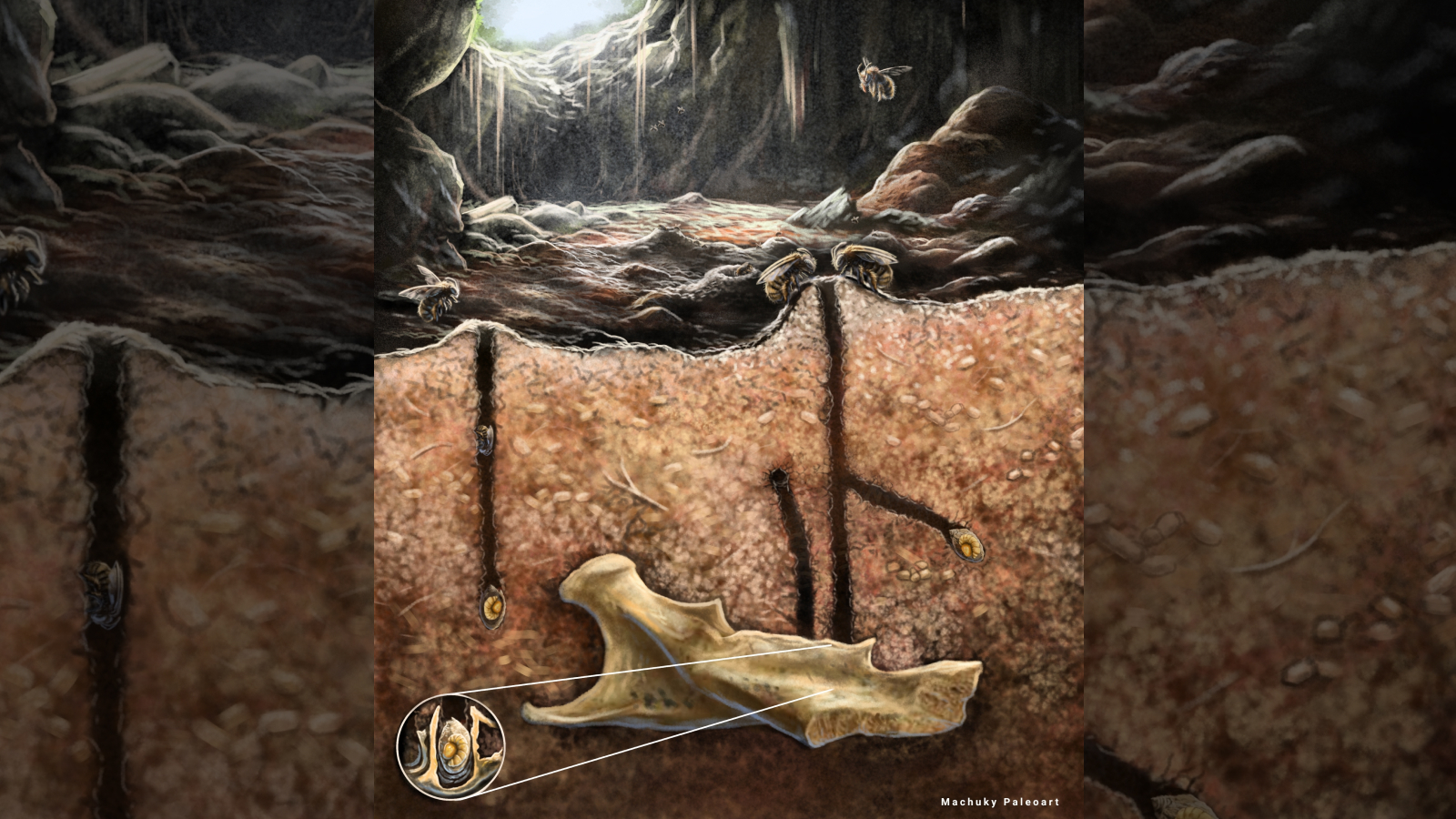Peer into Dorian's Monstrously Large Eye
My, Dorian, what a large eye you have!
Hurricane Dorian is becoming stronger, and its eye is becoming much bigger, as seen in impressive images released by the National Hurricane Center (NHC).
Recent radar images of Dorian's eye taken from the NOAA P-3 aircraft. pic.twitter.com/vPSGkS1SqfAugust 30, 2019
The images were captured by the National Oceanographic and Atmospheric Agency (NOAA) P-3 aircraft — a type of specialized hurricane hunter. NOAA has two of these low-altitude aircraft in its hurricane tracking fleet.
The four-engine turboprop planes are equipped with numerous instruments and sensors designed to collect a wealth of environmental data, according to NOAA's Office of Marine and Aviation Operations. The planes each have two Doppler radar systems that scan the storm system horizontally and vertically, and together provide an "MRI-like" view of the storm. The images allow forecasters to view different layers of the storm from the inside.
On its current track, Dorian is expected to "be near or over the northwestern Bahamas on Sunday, and be near the Florida peninsula late Monday," according to the latest advisory from the NHC. The NHC has issued a hurricane watch for the northwestern Bahamas.
"Residents should begin to execute their hurricane plans and listen to advice given by local emergency officials," the NHC wrote.
- Photos: Hurricane Michael Toppled Over Trees and Uprooted 19th Century Artifacts
- Hurricane Matthew Photos: See How the Monster Storm Evolved
- In Photos: Hurricane Harvey Takes Aim at Texas
Originally published on Live Science.
Get the world’s most fascinating discoveries delivered straight to your inbox.

Kimberly has a bachelor's degree in marine biology from Texas A&M University, a master's degree in biology from Southeastern Louisiana University and a graduate certificate in science communication from the University of California, Santa Cruz. She is a former reference editor for Live Science and Space.com. Her work has appeared in Inside Science, News from Science, the San Jose Mercury and others. Her favorite stories include those about animals and obscurities. A Texas native, Kim now lives in a California redwood forest.


